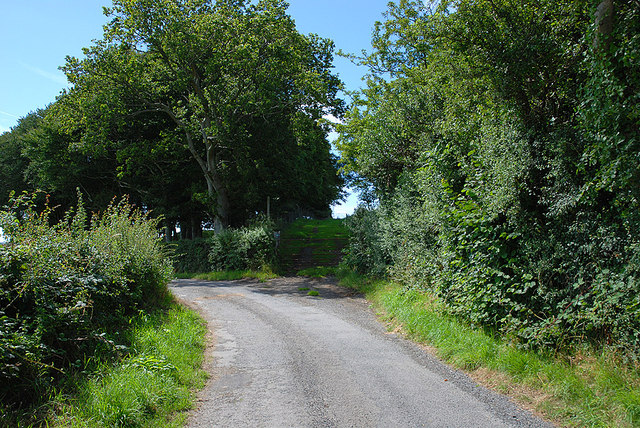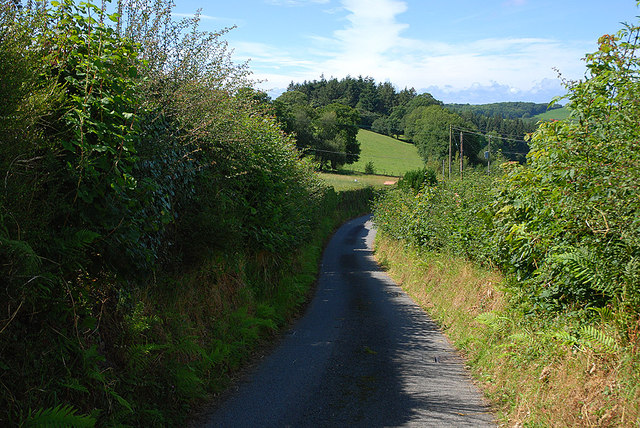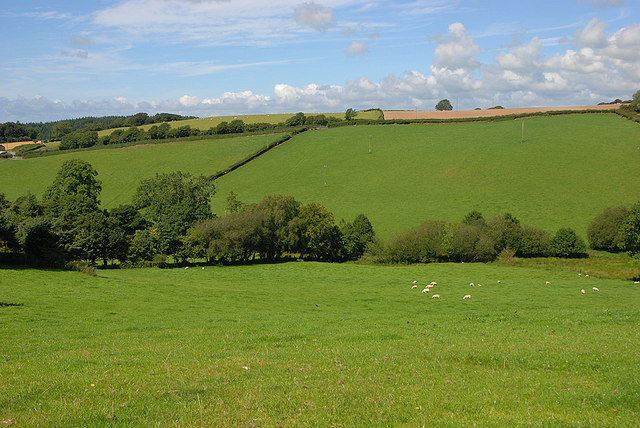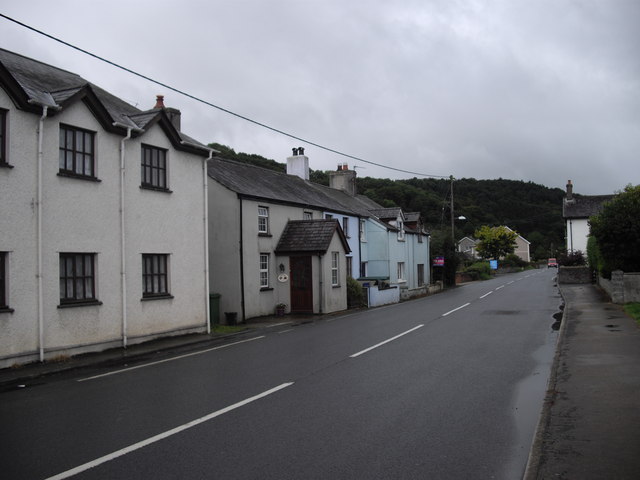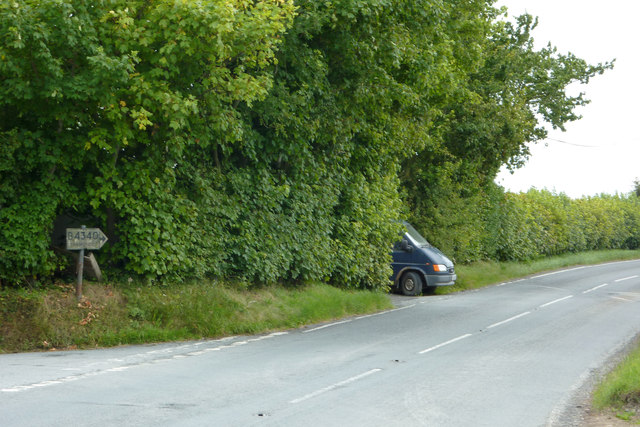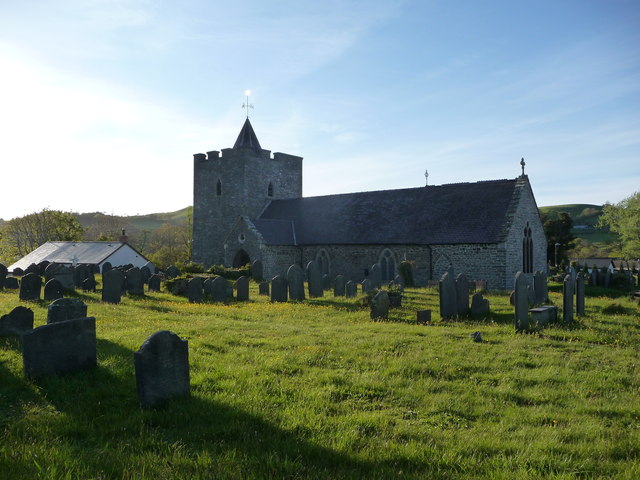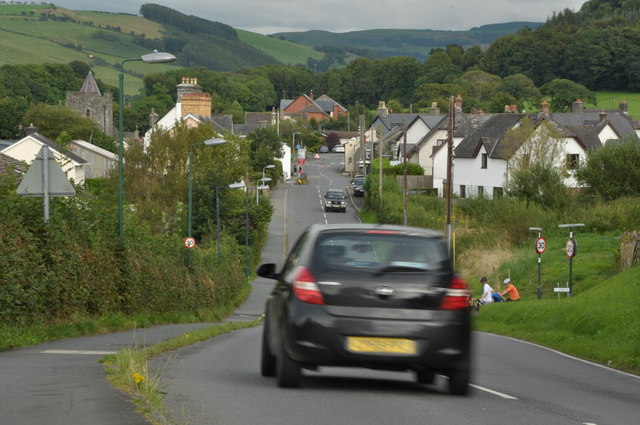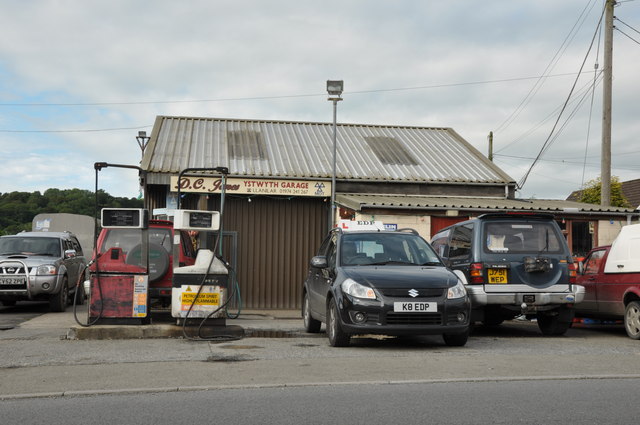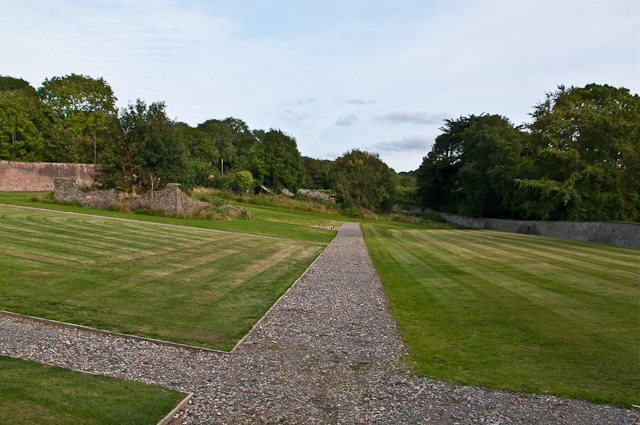Pen Craig
Hill, Mountain in Cardiganshire
Wales
Pen Craig
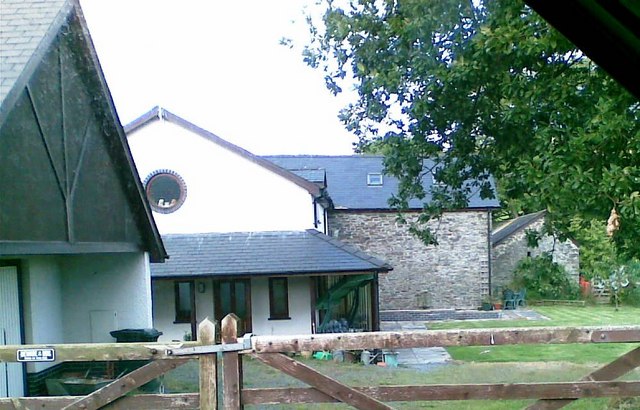
Pen Craig is a prominent hill located in Cardiganshire, Wales. Rising to an elevation of approximately 476 meters (1,562 feet), it is a notable feature of the region's landscape. Situated within the Cambrian Mountains, Pen Craig offers breathtaking panoramic views of the surrounding countryside, including the picturesque Teifi Valley.
The hill is characterized by its rugged and rocky terrain, with its slopes covered in heather and grasses. It is a haven for nature enthusiasts and hikers, who can explore its numerous footpaths and trails. The hill also provides a habitat for a variety of wildlife, including birds of prey such as red kites and buzzards.
At the summit of Pen Craig, visitors can enjoy uninterrupted vistas that span across the rolling hills and valleys of Cardiganshire. On clear days, one can even catch a glimpse of the distant coastline. The hill's location also makes it an ideal spot for stargazing, with minimal light pollution allowing for excellent views of the night sky.
Pen Craig is of historical significance as well. The hill is home to an ancient cairn, which serves as a remnant of the area's rich cultural heritage. This cairn is believed to have been used for ceremonial purposes by the early inhabitants of the region.
Overall, Pen Craig is a captivating destination that offers both natural beauty and cultural significance. Its rugged landscape and stunning views make it a must-visit for outdoor enthusiasts and those seeking a peaceful retreat in the heart of Cardiganshire.
If you have any feedback on the listing, please let us know in the comments section below.
Pen Craig Images
Images are sourced within 2km of 52.374171/-4.0283331 or Grid Reference SN6277. Thanks to Geograph Open Source API. All images are credited.
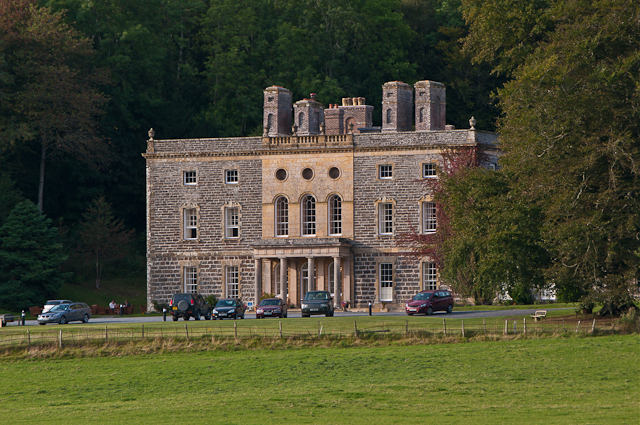
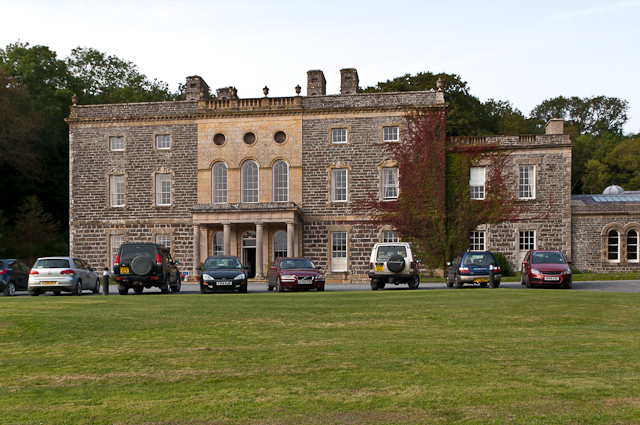
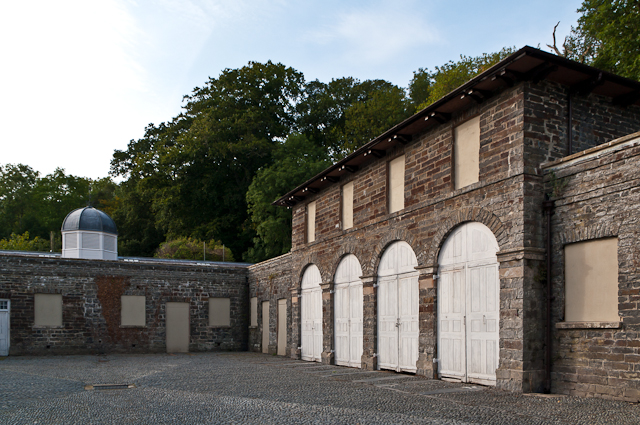
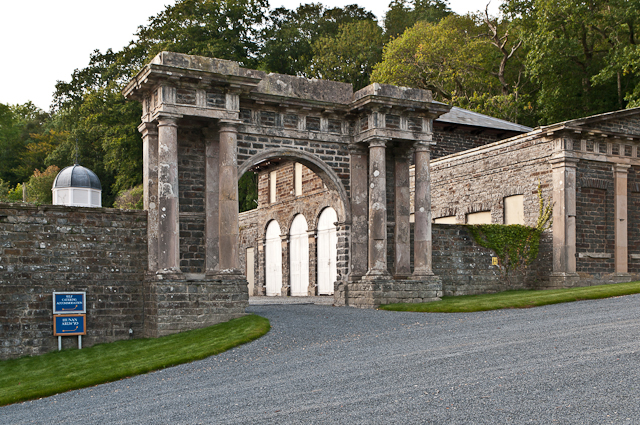
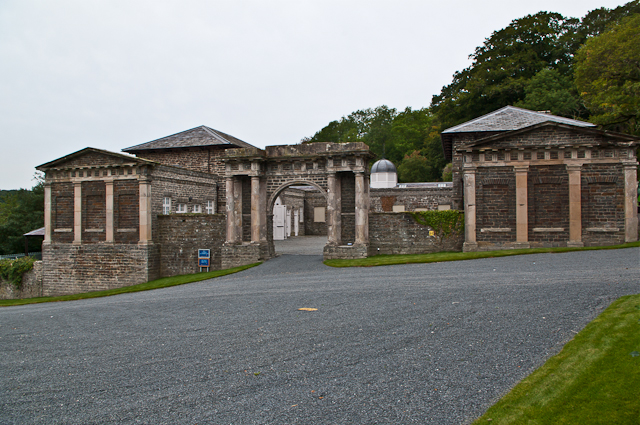
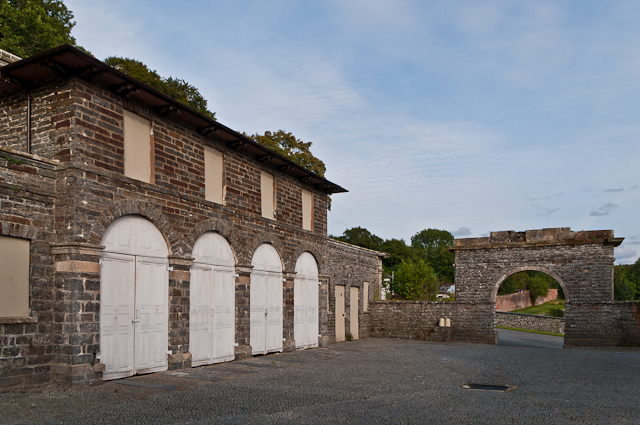
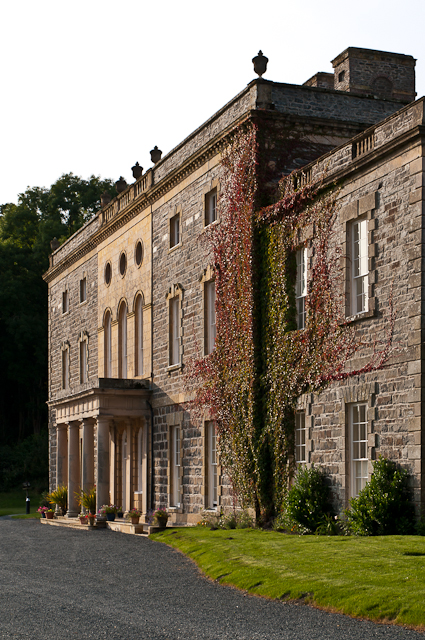
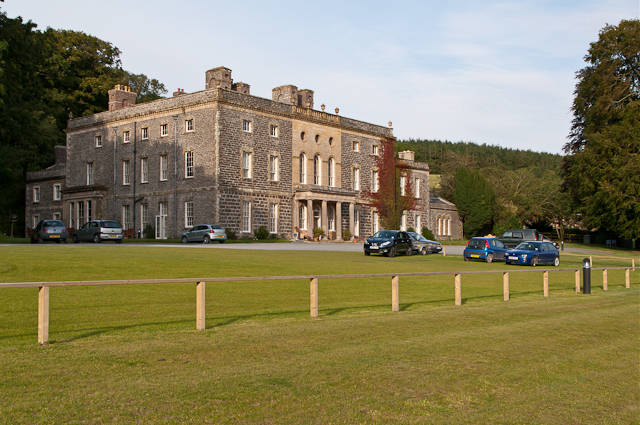
Pen Craig is located at Grid Ref: SN6277 (Lat: 52.374171, Lng: -4.0283331)
Unitary Authority: Ceredigion
Police Authority: Dyfed Powys
What 3 Words
///clarifies.dentures.spoon. Near Llanilar, Ceredigion
Nearby Locations
Related Wikis
Y Gors, Ceredigion
Y Gors is a hamlet in the community of Trawsgoed, Ceredigion, Wales, which is 71.5 miles (115.1 km) from Cardiff and 176.1 miles (283.4 km) from London...
Nanteos Mansion
Nanteos (Welsh: Plas Nanteos, Nanteos Mansion) is an 18th-century former country house in Llanbadarn-y-Creuddyn, near Aberystwyth, Ceredigion, Wales. A...
Ystwyth Trail
The Ystwyth Trail is a 21-mile (34 km) multi-use rail trail linking Aberystwyth, Llanfarian, Ystrad Meurig and Tregaron in Ceredigion, Wales. Cycling and...
Llanilar railway station
Llanilar railway station was on the Carmarthen to Aberystwyth Line (originally called the Manchester and Milford Railway before being transferred to the...
Nearby Amenities
Located within 500m of 52.374171,-4.0283331Have you been to Pen Craig?
Leave your review of Pen Craig below (or comments, questions and feedback).
